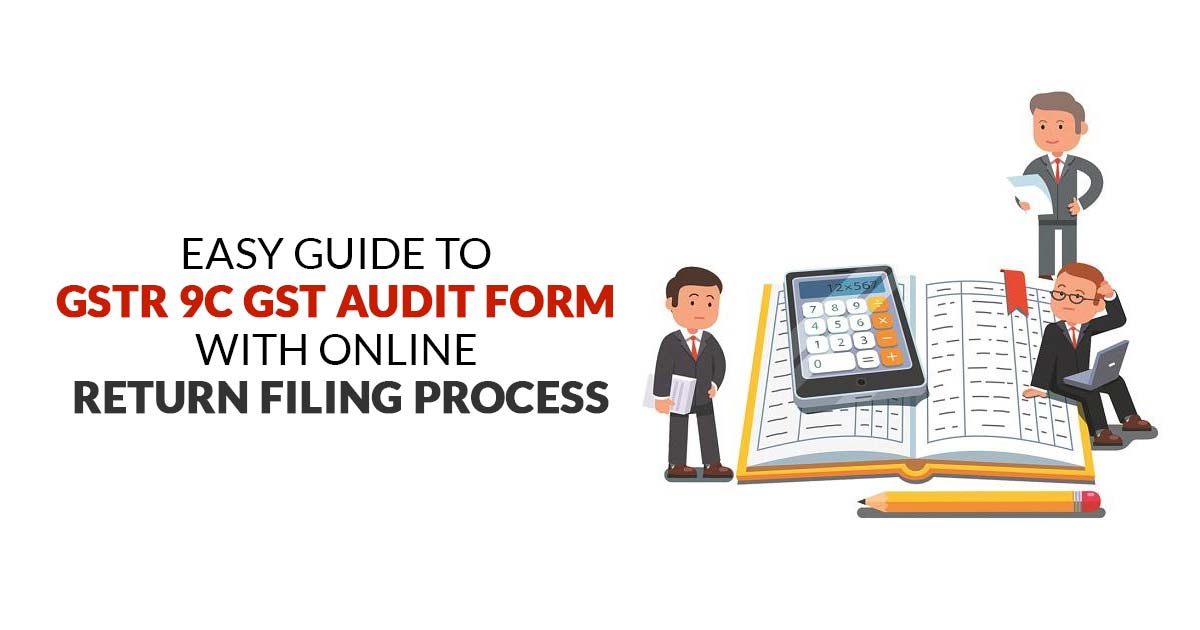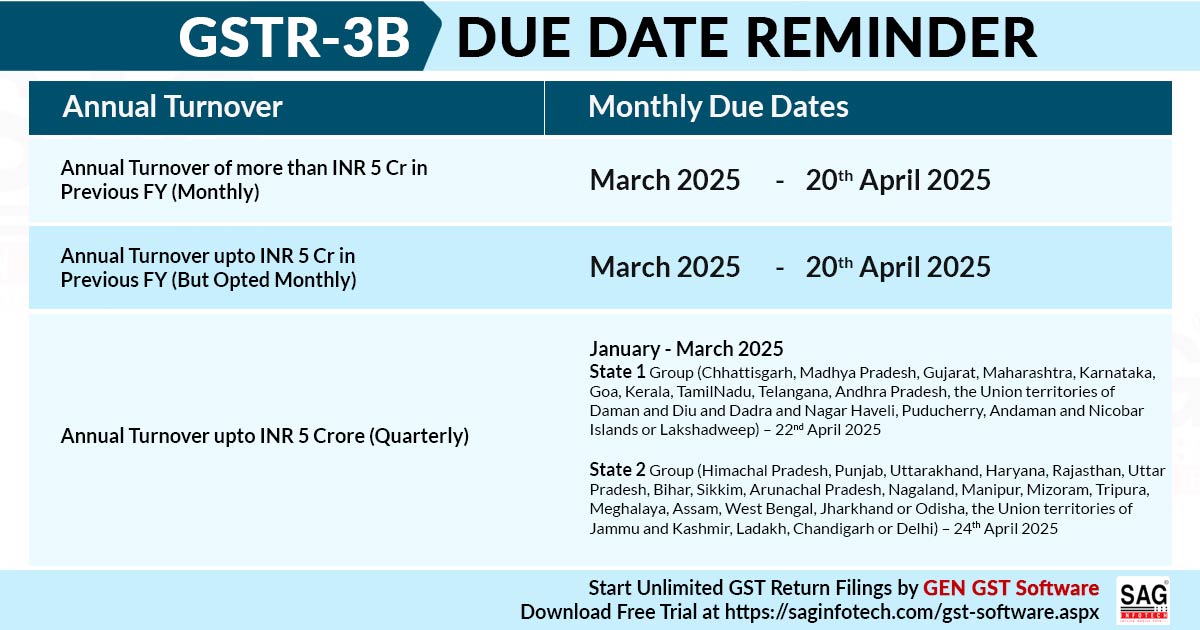
A GST yearly return form is said to be GSTR 9 that is to be filed through the regular assessee in a year through all the consolidated information of SGST, CGST, and IGST furnished for the year.
The GSTR-9C is a yearly GST settlement statement that goes through the amendment in 2021. The Form GSTR-9C 
“GSTR-9 and GSTR-9C filing for FY 2020-21 is available on the GST portal from August 2021.” The last date to furnish the same form is 31/12/2021. But the normal assessee should furnish the important tasks by Oct 2021 so as to assure preciseness and efficient compliance.
There are specific tasks that an assessee should keep in mind prior to furnishing the GSTR-9 and GSTR-9C.
Yearly GST Adjustment for FY 2020-21
GST returns 
Just know that you shall not miss out on the yearly GST settlement for the complete FY 2020-21.
Improve the Errors & Report the Missed Invoices
Prior filing GSTR-9 and GSTR-9C for the FY 2020-21 to amend the errors and report the missing invoices or Credit or Debit Note (CDN).
The revision can be performed for every invoice and the information at the summary level. Both the kind of revisions poses their own restrictions. These should be followed so as to avoid mistakes in furnishing the GSTR-1. The time to furnish the return should be the period where the revisions are built.
There is various kind of revisions such as B2B Amendments, B2C Large Amendments, Credit/Debit Notes (Registered) Amendments, Credit Debit Note (Unregistered) Amendments, Export Invoices Amendments.
Cross-check by Vendor & Report, Allege the Missed out ITC
There are various causes for mismatches, some of them consist of the vendor who has declared the liability but credit shall not be claimed in GST returns like credits must be claimed before the last date of September returns or yearly returns, the vendor shall not declare the liability on supplies furnished but the businesses have not claimed credit on these provisions in GST returns businesses must follow the vendors to make sure that the liability has been disclosed. Else the risk of these credits is not being permitted might get a rise. The mismatch amid the liability declared through the vendor and credit claimed the cause for the difference must be determined and settled precisely (e.g. by issuing debit notes/credit notes etc) before furnishing the return beneath section 39 for the September month subsequent to the end of the FY to which the specific invoices seems or the filing of the related yearly return.
Thus you must ensure that you should cross-check the vendor and report, availed missed out the input tax credit for the Financial year 2020-21.
Missing credentials must be accompanied up through individual vendors or suppliers for timely reporting prior to their respective Form GSTR-1 filing. Else the assessee is at risk of losing the same input tax credit for the financial year 2020-21. They shall unable to avail during furnishing of the Form GSTR-3B repeatedly.
Difference Between Draft GSTR-9 Form & GSTR-9C Reporting (Audited Form)
The assessee must execute the settlement or matching amid reported numbers “in Form GSTR-9 and the audited financial statements at the GSTIN level.” If for the case any differences that shall not be improved is to be mentioned as unsettled “sales, ITC, and tax liabilities in Form GSTR-9C (self-certified Reconciliation Statement).” If there is yet tax due, although the Form GSTR-3B 